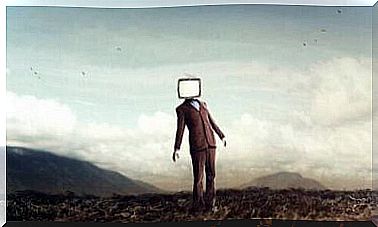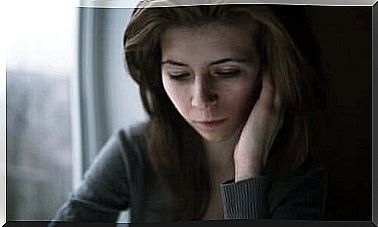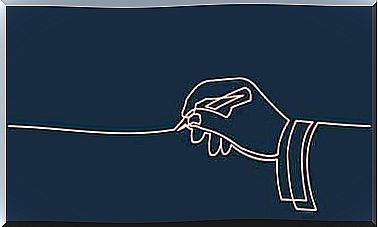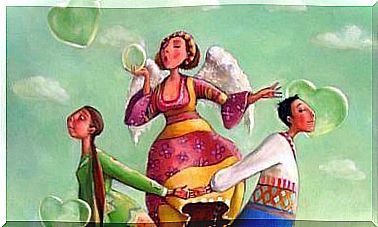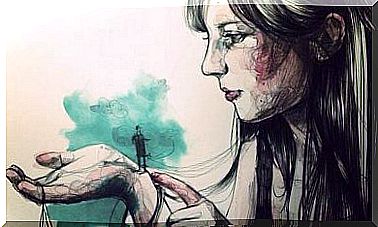Bipolar Disorder: Living On A Roller Coaster

Bipolar disorder is one of the disorders that arouses the most curiosity in those interested in clinical psychology. The feeling that a person can move between two such different poles fascinates us and, at the same time, terrifies us. In fact, if we have a more popular conception of bipolar disorder, we might think that we are also bipolar and that there is no one, however intelligent in the field of emotions, who enjoys one of absolute emotional stability.
On the other hand, how many times have we heard that people with bipolar disorder have a split personality? What is the real disorder of a person with “different personalities”? What are the differences between bipolar disorder and borderline personality disorder?
What is Bipolar Disorder (BT)?
Bipolar disorder is an affective disorder characterized by mood changes, with mania (euphoria), hypomania (shorter duration) or mixed phases, which generally alternate with depressive episodes. According to the criteria of the International Classification of Diseases (ICD-10) and the Statistical Diagnostic Manual of Mental Disorders (DSM-IV), there are different types of Bipolar Disorders:
- Bipolar I disorder (TB I): characterized by having at least one episode of mania or a mixed episode (mania and hypomania), which may occur before or after depressive episodes.
- Bipolar II Disorder (TB II): characterized by less severe manic symptoms that are called hypomanic phases and depressive crises.
- Cyclothymia: characterized by hypomania alternating with subclinical depressive disorders.
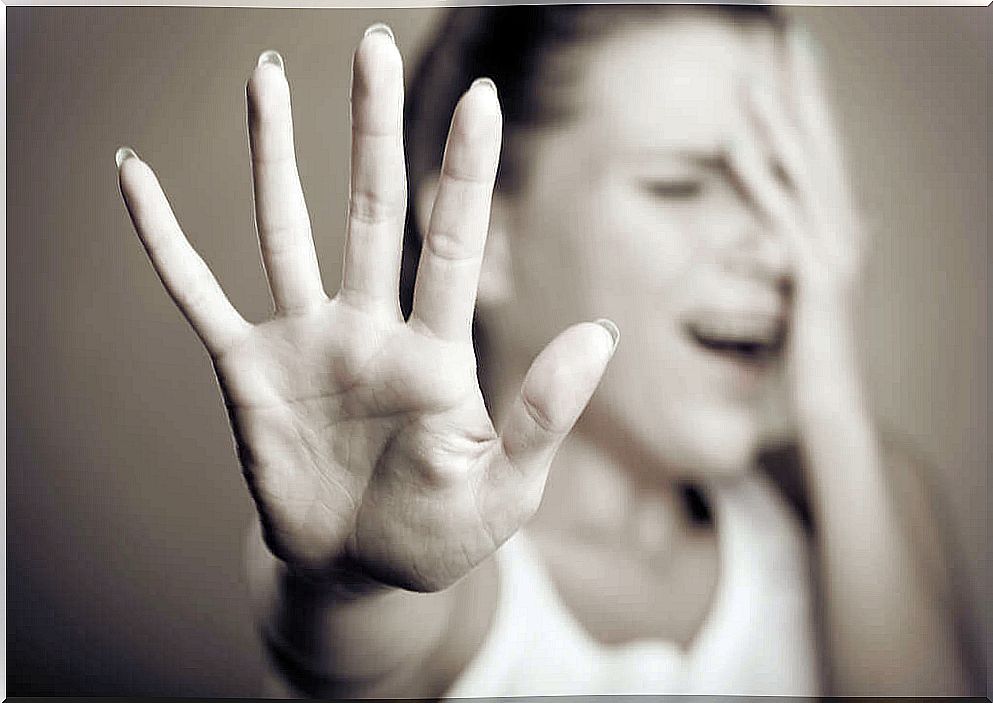
It is a relatively common disorder that occurs in all ages and genders, although it is more common between 15 and 25 years of age. When the onset occurs in people over 60 years of age, studies show that the disorder is likely to have an organic origin on which we can intervene.
Like the vast majority of disorders, it affects people’s lives and well-being. Suicide rates are very high among people with TB. About 15% of patients are affected, being more frequent during depressive or mixed phases.
The different variations of this roller coaster
The DSM-IV-TR establishes criteria for different types of manic, hypomanic, depressive and mixed episodes. A manic episode is a period of mood that lasts for at least a week, where three (or more) of the following symptoms persist:
- Exaggerated self-esteem.
- Decreased need for sleep.
- More talkative than usual.
- Whirlwind of thoughts.
- Difficulty keeping attention.
- Psychomotor agitation.
- Excessive involvement in enjoyable activities with great potential to produce serious consequences.
- This alteration is serious enough to cause deterioration in work and socially, need for hospitalization or cause psychotic symptoms.
A hypomanic episode is a period of mood that persists for at least four days, three (or more) of the symptoms indicated for a manic episode. The change in mood and change in behavior can be observed by others, but they are not considered serious enough and there are no psychotic symptoms.
The major depressive episode has the following symptoms for 2 weeks:
- Significant weight loss or gain or appetite.
- Insomnia or excessive sleep.
- Agitation or psychomotor deceleration.
- Fatigue.
- Feelings of worthlessness or excessive guilt.
- Decrease in concentration or decision.
- Recurring thoughts of death.
- Depressive mood for most of the day or general apathy.
The mixed episode meets the criteria for a manic episode and a major depressive episode when it occurs almost every day for at least a week. In all types of episodes, symptoms are not due to the physiological effects produced by a substance or treatment. If this symptom is the effect of some substance administered, even if the criteria are met, it cannot be diagnosed as TB.

The differences between bipolar disorder (BD) and borderline personality disorder (TLP)
Borderline personality disorder (TLP) is one of the most serious personality disorders. The lack of emotion regulation of TLP must be distinguished from the decompensation that occurs in bipolar disorder. TLP is mainly characterized by:
- Global instability that affects mental state, self-image and behavior.
- Intrinsic and permanent difficulty in establishing stable bonds, which does not occur in bipolar patients.
- Impulsiveness, uncontrolled anger, self-harm or hetero-aggression.
- Suicidal behavior, threats, gestures or self-injurious behavior.
- Risk behaviors usually triggered by interpersonal conflicts and related problems (fear of rejection or abandonment).
- Feeling of emptiness and boredom.

Bipolar disorder does not generate different personalities
When dissociation affects organization and personality, we speak of dissociative identity disorders (multiple personality). People with multiple personalities have two or more different identities (up to a hundred), where at least two of them control behavior repeatedly. Furthermore, people with this disorder feel unable to remember important personal information due to the dominant personality at that time.
The vast majority of people working in mental health believe that interventions other than pharmacological ones are needed. Individual or group psychotherapy is very helpful in these cases. It would also be convenient to reduce pharmacological interventions if the therapeutic effects are not significant.
However, we cannot forget that each person is a world and so is their health condition. In this sense, two people with the same diagnosis can have a very different experience with the illness they “share”.

